Before launching into the worst, I do want to provide some balance with, according to my own article from a couple of years ago, the Top 5 Best Windows phones:
- Lumia 1520
- Lumia 1020
- Lumia 640 XL
- Lumia 950 XL
- HP Elite x3
All of which have some redeeming features, though the number five pick from late 2016 is interesting because... it's also at number ten in my late 2018 Top 10 Worst phones!! Here we go then, in reverse order, down to the worst:
10. HP Elite x3
In December 2016, the Elite x3 and its Lapdock system were promising but awaiting serious updates - and price drops. As I said two years ago:
But it's hard to fall in love with the X3. At least not yet - the Lap Dock may change a few people's minds, but only if they're well-heeled - the Lap Dock is crazy expensive. Add in a camera which is decent but not as good as it should be(cough - resolution) and stereo speakers which significantly under perform and you have a flagship which simply has to be in the top 5 but doesn't deserve to be any higher than this.
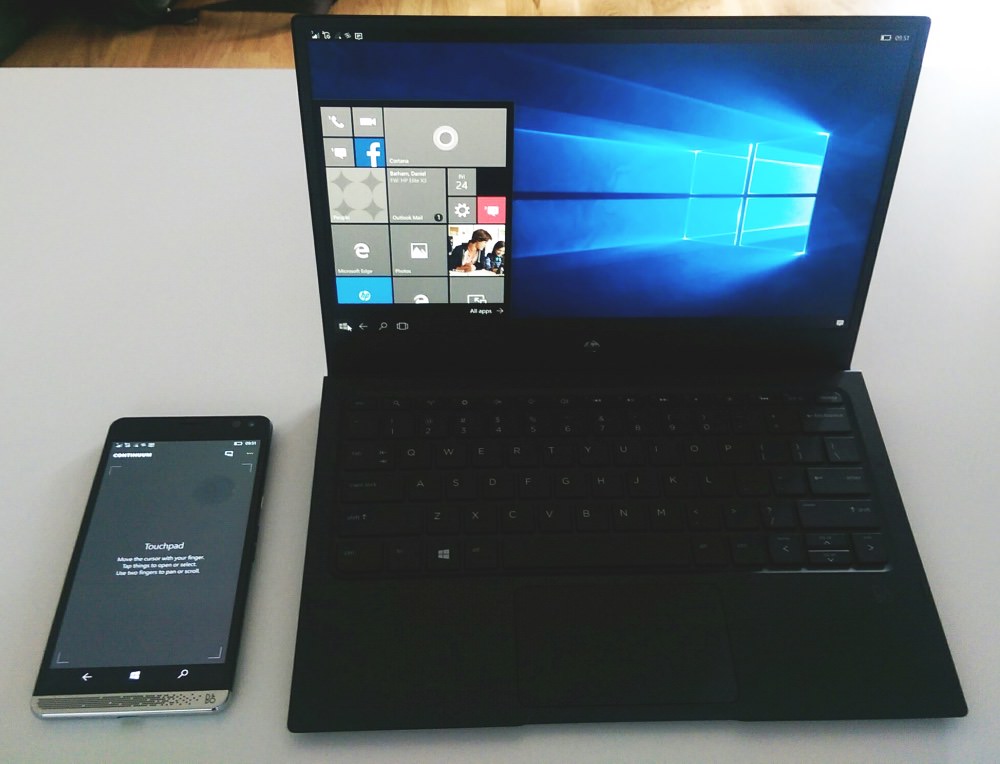
The problem is that the updates never came and the phone and its Lapdock remained buggy and problematic. Plus the price drops took so long to arrive that everyone had lost interest. HP has a history of pitching 'business' IT gear way too high for consumers and so the x3 system had no chance away from business bulk buys.
At £499 for the phone and £249 for the Lapdock there could have been a serious amount of interest from geeks around the world, but at the original joint price of way over £1000 there was no chance.
9. Lumia 928
A USA variant on the Lumia 925, there was nothing intrinsically terrible about the 928, but there was a huge sense of disappointment because of the inclusion of one tech spec. The 920 had Xenon flash, previously the prerogative of the camera flagship. So was this the phone that combined outstanding imaging with solid styling and fast performance?
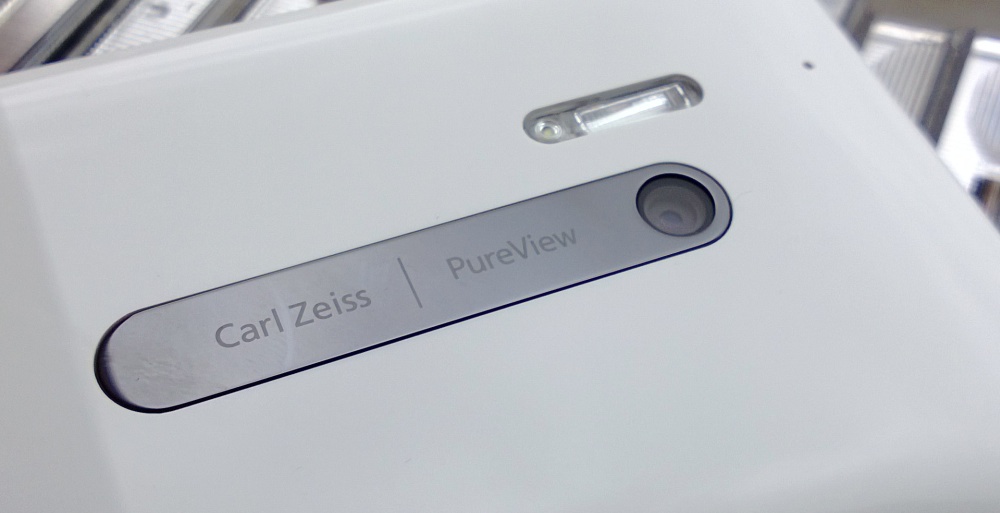
Not really. It's a little unfair that the 928 should be in this list since neither Ewan nor I used it in its home environment (in the USA, with their frequencies), but I did test the camera out and the Xenon flash was just about the weediest I'd ever used - it was hardly worth including. So why put it in in the first place?
8. Lumia 930
Heresy! I hear you cry - the Lumia 930 is a classic device. Indeed it is, I love mine dearly and it still feels like a Rolls Royce in the hand. But it's a heavily flawed classic, thanks to terrible heat management - run a game or shoot video on it and you could fry and egg on its plastic back. The Snapdragon 800 was just not integrated properly into the Lumia 930.
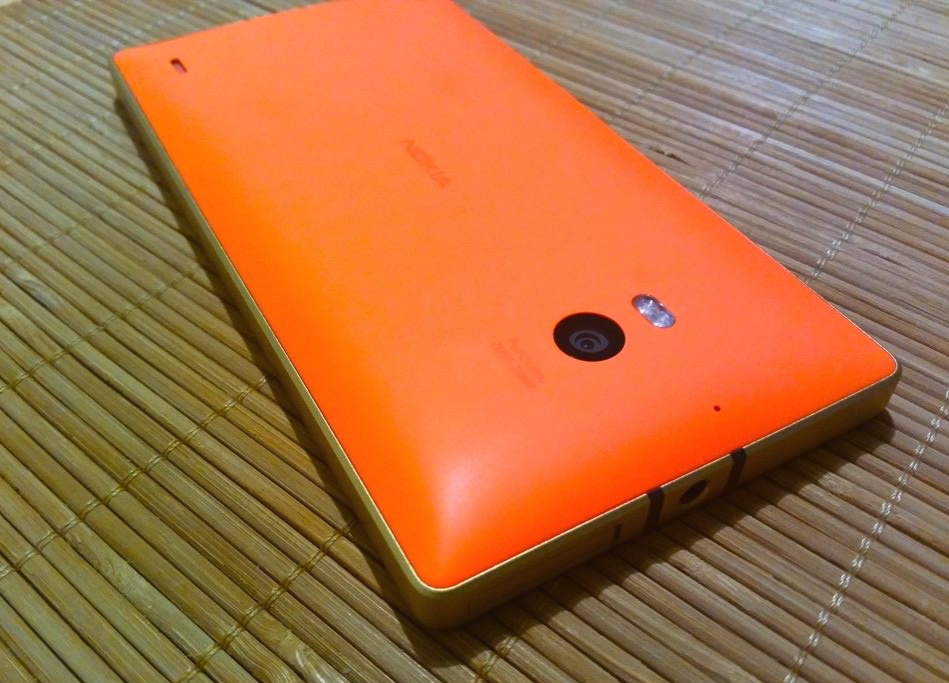
Add in a second flaw, of sorts, in that Nokia's designers massively underestimated how popular always on displays were on Windows phones and opted to save a few pennies and not integrate 'display memory'. As a result, the Lumia 930 display is forever black and it's the odd one out among all its Lumia peers. Hugely disappointing, since the 930 could have been so good...
7. Lumia 430, 435
The 430 and 435 weren't terrible per se - after all, the earlier Lumia 530 had already plumbed rock bottom (see below), but they were cheap, small and plastic in a phone world that was growing exponentially and in the other direction. This was mid-2015 and the phone world was seeing rising prices and specifications and the increasing use of metal. Yes, there will always be a need for ultra-budget phones, but by this point we had Android handsets that matched the Lumia 430-series in price and yet with far greater application and service compatibility.

The Lumia 430 series was actually rather good for the price (£50 or so) and very pocketable, but they arrived at least a year too late in the market. The world had moved on.
6. Lumia 530
Ah yes, the fatal weakness of Nokia exemplified in one simple handset. Anyone remember the Nokia N97 back in Symbian days? It didn't ship with enough system storage, resulting in insane work to try and keep it running after updates. Ditto here, with only 4GB user memory - and that had to be divided up for the OS and working files too! In practice, a user would typically face a non-working phone within a few weeks of of getting it and OS updates were often prevented for lack of working space. Yes, there was a microSD slot, but trying to juggle system files, applications and working space through it was a right pain.

Quite simply a specification disaster. This deserves to be forgotten, except as a lesson in what not to do. Happily, Nokia did learn and future budget phones shipped with 8GB internal user memory (plus microSD).
5. HTC 8S
At the risk of repeating myself, as for the Lumia 530, the issue here was lack of user memory. Again, 4GB for everything. OK, you can add a microSD card as usual, but it's not the same. And it was rather telling that HTC shipped an application explicitly called 'Make More Space'. You know, HTC, just putting more flash storage in in the first place would have been 100x better...
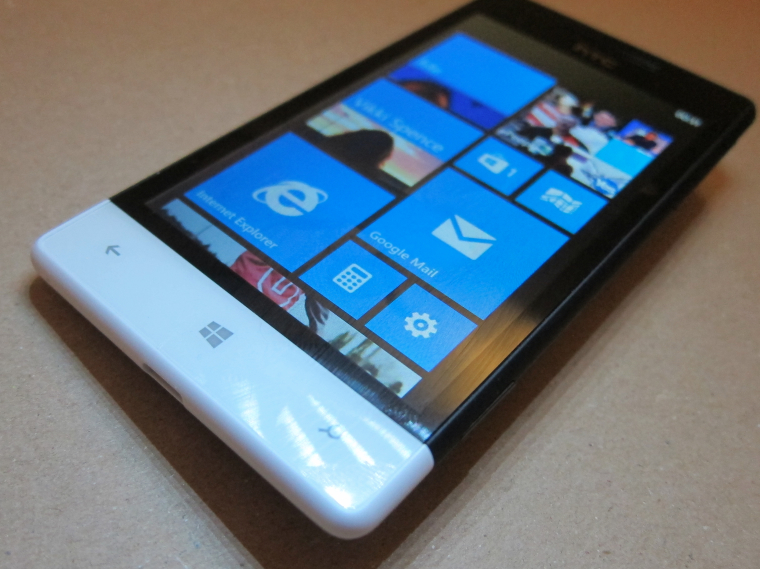
Sadly, the 8S was flawed in all other areas - you couldn't swap the battery, despite the end cap coming off, the screen was nasty, the camera ultra-cheap.... I could go on...!
4. HTC 7 Mozart
This is the second time in this 'Top' 10 that Xenon rears its head in a bad way. The 7 Mozart was one of the first flush of Windows Phone 7.5 devices and I was overjoyed to see a Xenon flash included. Windows Phone and great imaging, I was so excited...
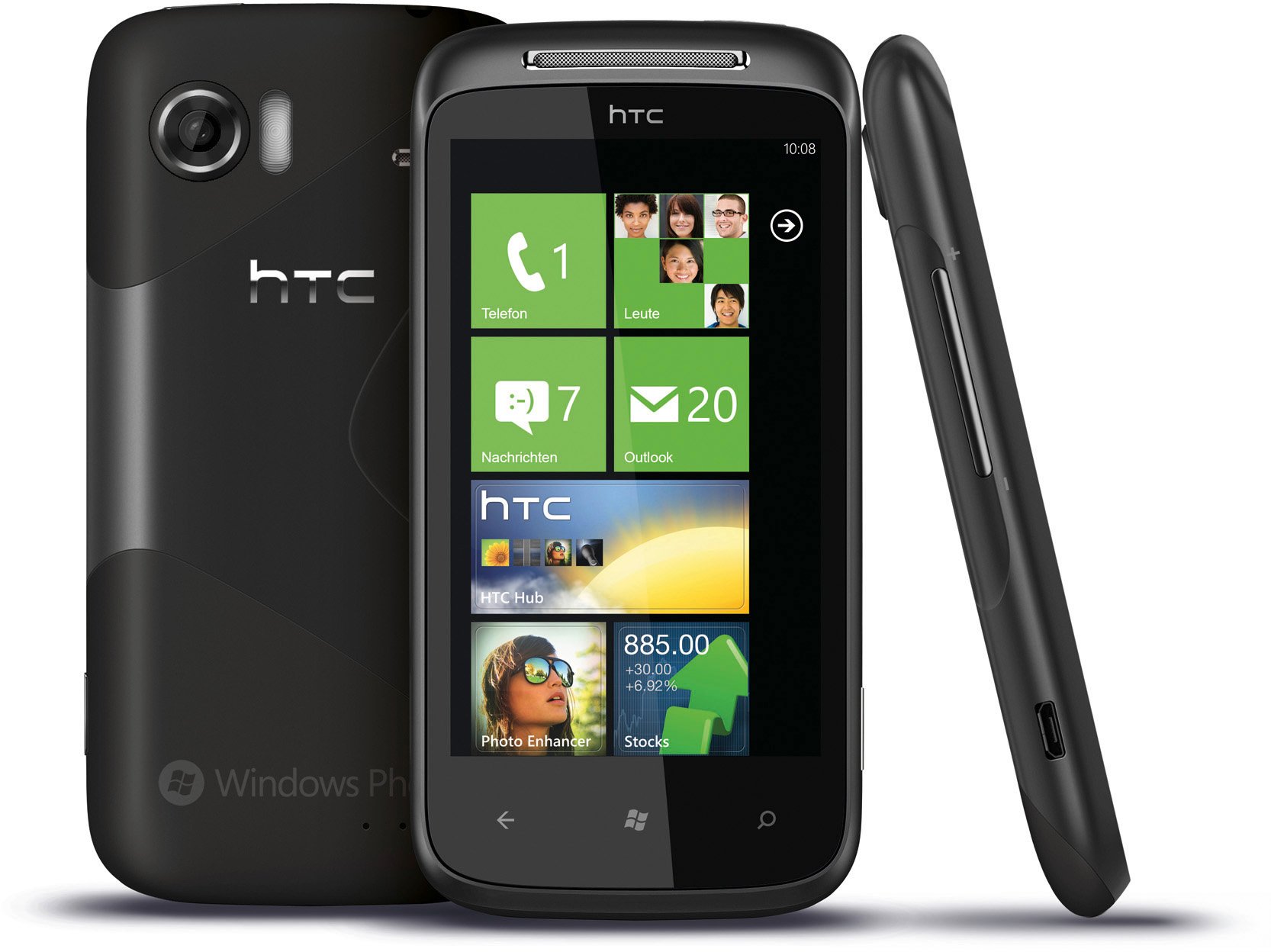
...and then I tried it. HTC had put zero effort into the camera on the 7 Mozart, it took terrible photos. In fact, I don't believe we ever reviewed the phone because it was un-reviewable. I was gutted, absolutely gutted, preferring instead the QWERTY version that I highlighted in my original Top 5...
3. Samsung Omnia M
"Omnia what?" I hear you proclaim - this was a quickly launched and soon forgotten entry from Samsung in the latter days of Windows Phone 7.5 and despite an OK screen and hardware generally (including camera), it - like several in this list - was crippled by only 4GB of user memory - and no microSD. As per the title of this article, what WAS Samsung thinking? The phone was effectively thus un-upgradeable and shortly unusable, almost out of the box. Making things worse, RAM was also skimped on, with only 384MB (rather than the more common 512MB at the time), meaning that even Windows Phone 7.5 struggled.

Add in the sad timing, to arrive just before the launch of Windows Phone 8.0 and with no upgrade path, and the Omnia M died an immediate and ignominious death.
2. Yezz Billy range
These were an oddball range of three handsets back in the days of the Lumia 735 (so 2014) and the hardware was surprisingly good (though all a little 'reference design'-ish), but the utter failure of the range in my eyes has to do with an issue I've never seen to the same degree since - the software from Microsoft, i.e. 'Windows Phone 8.1', was simply installed and not checked or tweaked or customised in any way. In ANY way, meaning that tiny things like font sizes and UI layout were left utterly on defaults and not checked on every phone.
What I think happened was that someone at Yezz loaded the OS, as-is, on the smallest 4"-screened phone, looked at the layout for 10 seconds and said 'that'll do, ship it'. And then assumed that the exact same binaries and configuration would be appropriate for the larger screened phones. Resulting in comic mismatches in layout and unusable application UIs in many cases.
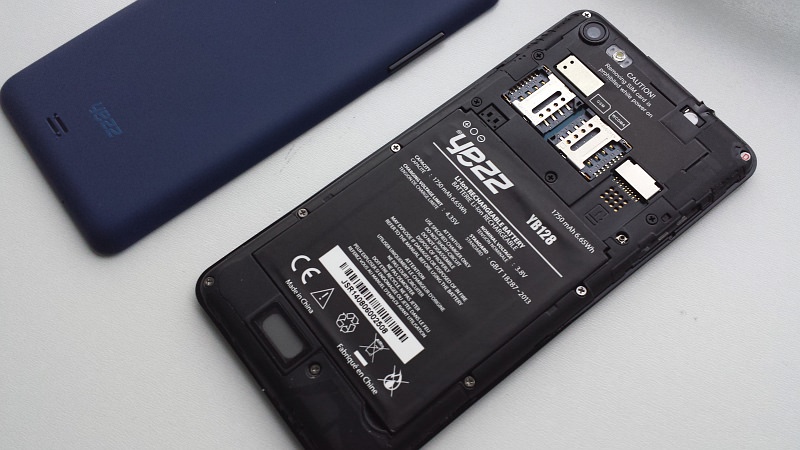
It all comes down to chronic lack of Tender Loving Care. Another sign? You couldn't watch videos on these things. Playback was limited to 3 or 4 frames per second. You'd have thought that someone at Yezz would have been awake enough at the wheel to test this?
1. Lumia 900
Although not technically the worst phone in this list, the Lumia 900 holds a special place of mistrust in many AAWP reader's memories. Essentially, everything was wrong with this handset.
This was released in the USA under AT&T, with Windows Phone 7.5 only a few months before 8.1 was launched and with no upgrade path (technical reasons prevented 7.x devices being moved to 8.x). For a low end budget device this might not have mattered, but the Lumia 900 was marketed heavily and those who bought into the device felt (understandably) very aggrieved a few months later.
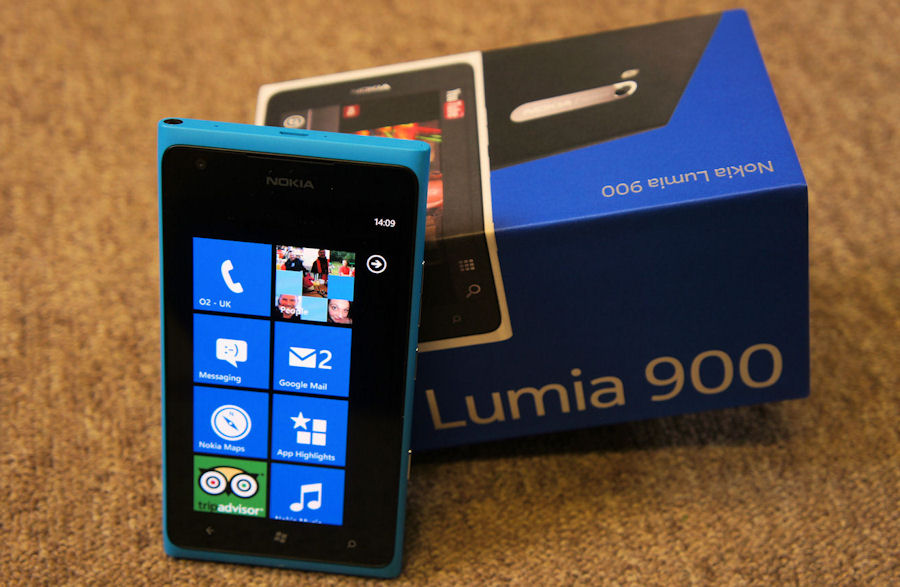
Adding insult to injury, the Lumia 900 was only shipped with 16GB of user storage and no microSD, meaning that trying to use the phone in daily life inevitably ended up filling it with photos, videos, and so on.
But it's the misleading marketing and timing of the launch that rankles the most - and that it was done as a 'flagship' (certainly in the USA) gets it the no. 1 spot here as a high profile misstep.
____________
Your comments welcome though - what stinkers have I missed?
